We are committed to introducing an environmental ‘net gain’ philosophy into our business. The first stage in doing this is understanding the biodiversity value of what we already have.
In 2018 we started looking at what biodiversity valuation tools existed and what we would like to use. The obvious starting point was the Defra Biodiversity Metric that had been developed for the 2012 Biodiversity Offsetting Pilots. We chose to work with Ecosulis to develop some bespoke tools that are based on the Defra metric, but modified to enable us to consider some aspects that we believe are really important.
We worked to start valuing our landholding in terms of its biodiversity, carrying out habitat value assessments to establish a baseline that we can use to inform changes in management, and to identify where there are opportunities for improvement.
The Habitat Valuation Calculator that we developed with Ecosulis considers habitat distinctiveness and habitat condition as would be expected, and we then added in scores for the presence of priority habitats, priority species, how connected the site is to other areas of conservation value and the presence or absence of invasive non-native species. It is heartening to see that the revised Defra biodiversity metric is now considering connectivity which supports our inclusion of that. Whilst the Defra metric focuses solely on habitats, we decided it is important to us to include a measure for key species – both ones we would like to see on our sites, but also those we don’t want there.
We have approximately 2,000 sites, so decided to set a size limit for initial assessment, and concentrate on the 550+ sites that are 0.2ha or larger in size. Once we have assessed these, we will work out a ranking scale based on biodiversity units, and rank the sites from say 1 to 5. This will enable us to focus on keeping our best sites in superb condition, and work on increasing the value of some of the lower ranked sites.
It is a significant step forward to have a way to create a baseline assessment of the biodiversity value of our sites. The 550+ sites were assessed by the end of March 2019.
The next challenge was to find the right tool to enable us to better assess the impact of construction or development works on our sites. For this we decided to strip the tool back to being closer to the original Defra biodiversity metric. We can input the initial value of the land in question, then input any habitat to be lost, to be created or to be enhanced – looking both on-site and where that isn’t possible off-site.
The tool shows % changes in biodiversity value, and you can run different scenarios showing the impact of changes in scheme or mitigation design. Many of our projects are quite small so we have reduced the scale of the tool from ha to m2 to ensure we can pick up the impacts at the right level.
We have started to put some projects through this tool, and are discussing the outputs with the project managers with the aim of embedding it into our normal working practices in AMP7.
Both tools represent a huge step forward for us to be able to genuinely understand the value of our landholding and the impact of our operations on the natural capital assets we are responsible for.
